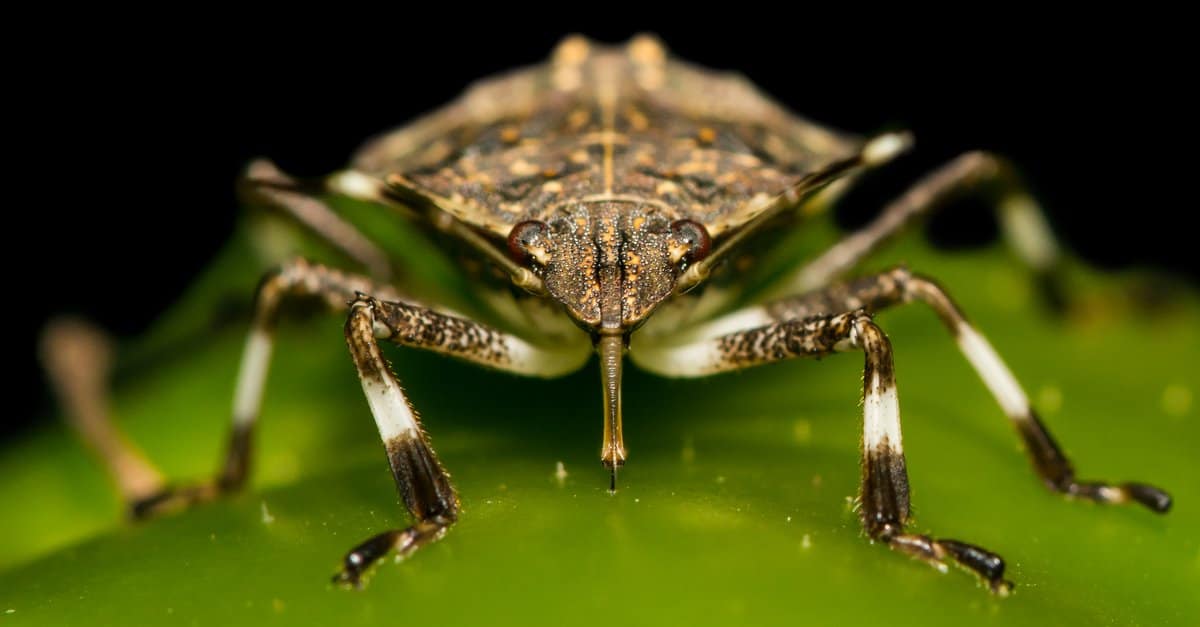It’s safe to say that Colorado is a jaw-droppingly beautiful state. Full of towering mountains and a plethora of flora and fauna that call the Centennial state home. Although these dangerous animals can be pretty cute, some threaten humans.
No, we’re not talking about bears, ticks, and mountain lions. Today, we’ll be looking at the top five most dangerous flying creatures in the skies of Colorado. Use this information to keep you and your loved ones safe while still enjoying visiting or living here.
1. Mosquitoes
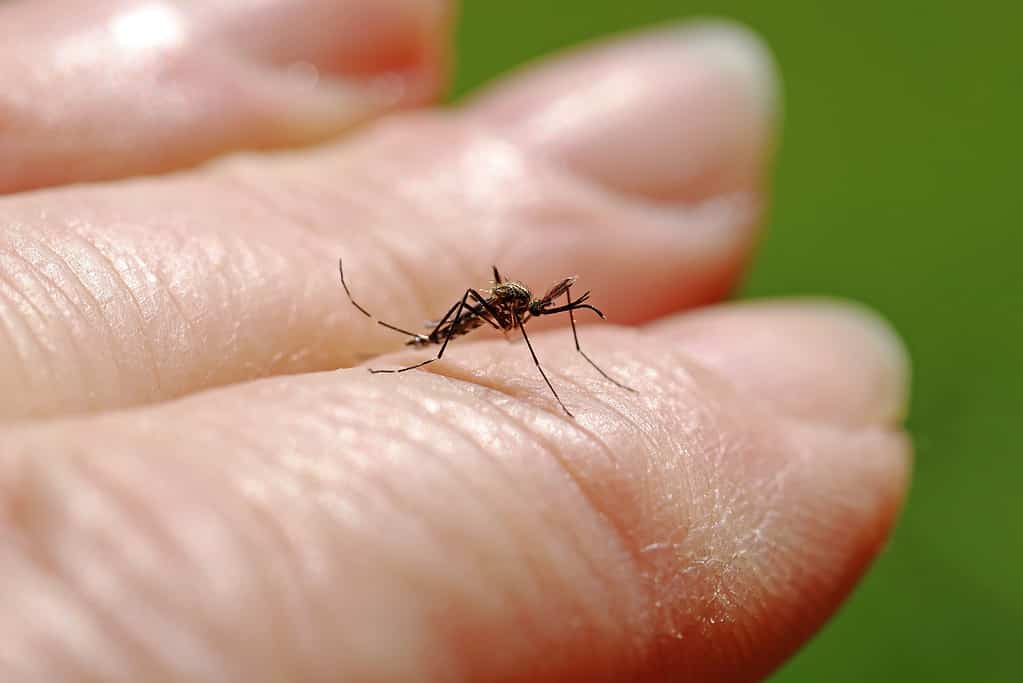
Mosquitoes are the most dangerous animals in the world.
©Astrid860/ via Getty Images
The genus Aedes and the genus Culex are two types of mosquitoes in Colorado that should be avoided. Even though all mosquitoes appear the same to the human eye, it’s essential to note how these two species fly around Colorado skies.
Because they can live around areas with stagnant water, such as ponds, swamps, and recesses brought on by rainfall or snowmelt, the genus Aedes is frequently called “floodwater mosquitoes.” They are the type of mosquitoes that tend to bite throughout the day.
The only times of day when culex mosquitoes are active are at dawn and dusk. This type of mosquito may be seen less throughout the summer as they don’t enjoy hot temperatures. Mosquitoes, especially those of the genus Culex, can harm people. Western equine encephalitis, St. Louis encephalitis, and the West Nile virus are all primarily spread by this species.
Despite the absence of the Zika virus in Colorado, individuals should be mindful of the possibility of getting sick if they travel. It can be challenging to prevent mosquitoes because they can move up to 14 miles each day in search of food.
Reduce the amount of vegetation around your home and maintain a short lawn. Get rid of any standing water, especially in ditches and blocked gutters.
2. Wasps and Hornets
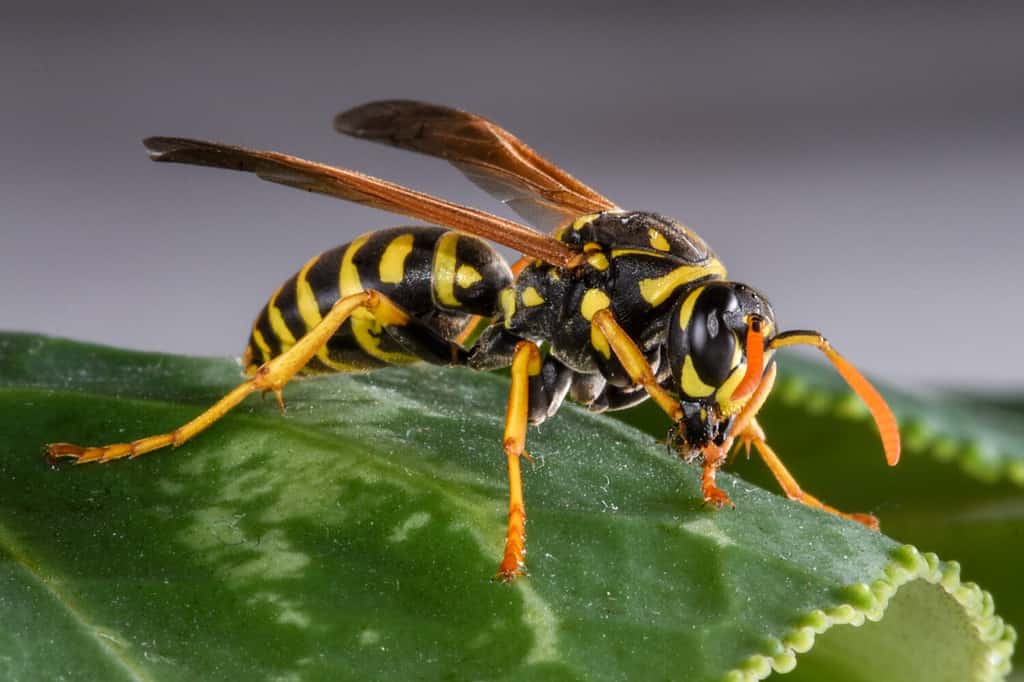
Yellowjackets primarily eat other insects.
©Randy Runtsch/Shutterstock.com
Wasps and hornets are among the most dangerous flying creatures in Ohio. But the truth is that not all wasps are created equal. In actuality, a number of them are significantly more dangerous than others. Giant yellow and black wasps are known as yellowjackets.
Usually, you can locate them in densely forested regions, but when the weather becomes colder, and they have to find refuge, they will migrate into houses. If a wasp will sting you, it’s likely a Yellowjacket.
Yellowjackets are among the more aggressive wasps. Although their nests are not large, you can find them anywhere in residence, particularly within closets, lofts, and other enclosed, dimly lit areas.
Yellowjackets and hornets frequently coexist in the same regions. They have a pointy tail and are colored in black, orange, and yellow shades. Hornets tend to be a bit larger than Yellowjackets.
Typically, they construct their nests in trees. Although yellowjackets are more dangerous, hornets are said to be more violent wasps.
3. Bats
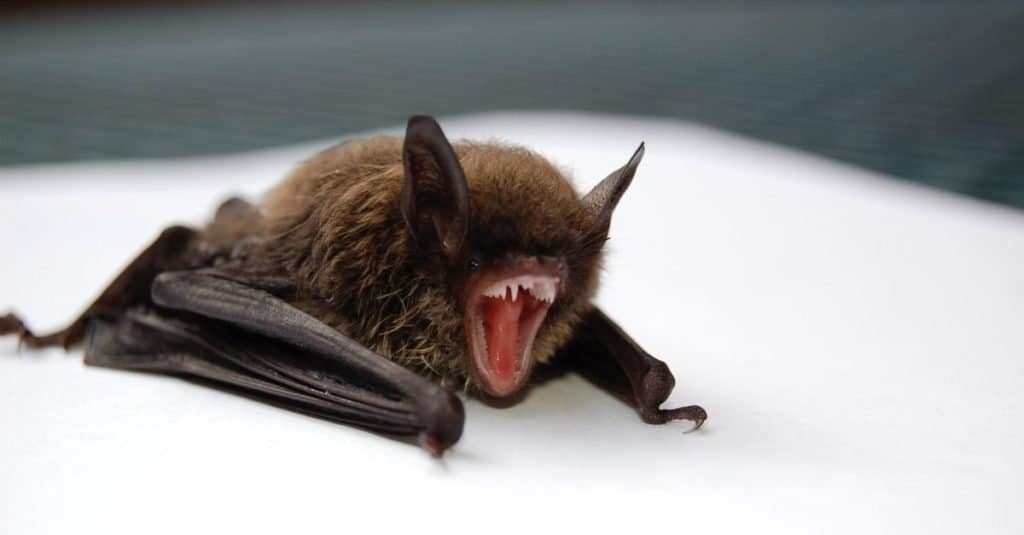
Little brown bats have an 11-inch wing span.
©Daily-Images/Shutterstock.com
There are more than 19 different species of bats in Colorado. Although a few of these species hibernate and remain in Colorado all year, others move between different parts of the state or fly through.
In North America, particularly in Colorado, the little brown bat is a common species seen in and around dwellings. The fact that little brown bats are capable of spreading rabies makes them hazardous even though they aren’t naturally hostile.
Bat feces can lead to histoplasmosis, an issue alongside the risk of bat bites. Only qualified wildlife management specialists should remove bats from properties and companies due to their health risks.
4. Earwigs
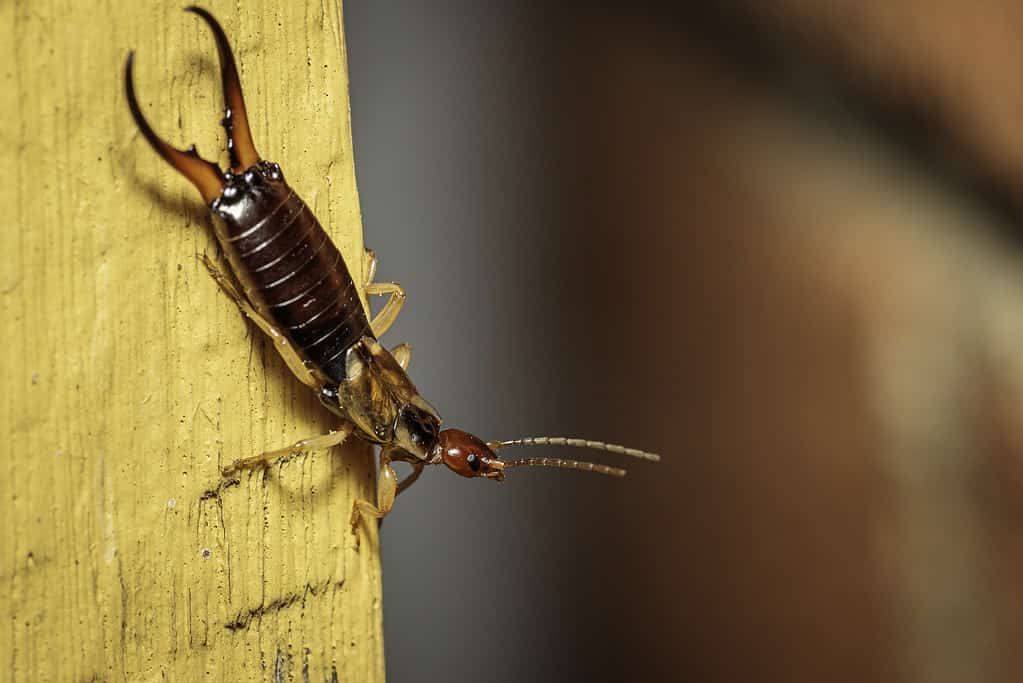
There are over 2,000 types of earwigs.
©iStock.com/Jonathan Steinbeck
Although they can fly, earwigs choose not to for the majority of the time. An earwig can appear to be a pretty frightening insect. It might be because of the powerful pincers that protrude from the end of its stomach.
Another reason is that these dangerous animals are known for nesting within the ears of sleeping individuals. While they can snip at people with their pincers, earwigs do not bite humans. They protect themselves by using those pincers on their stomach.
Even though they are unlikely to pierce you and those pincers are unlikely to penetrate the skin, an earwig’s touch can be painful.
5. Kissing Bug
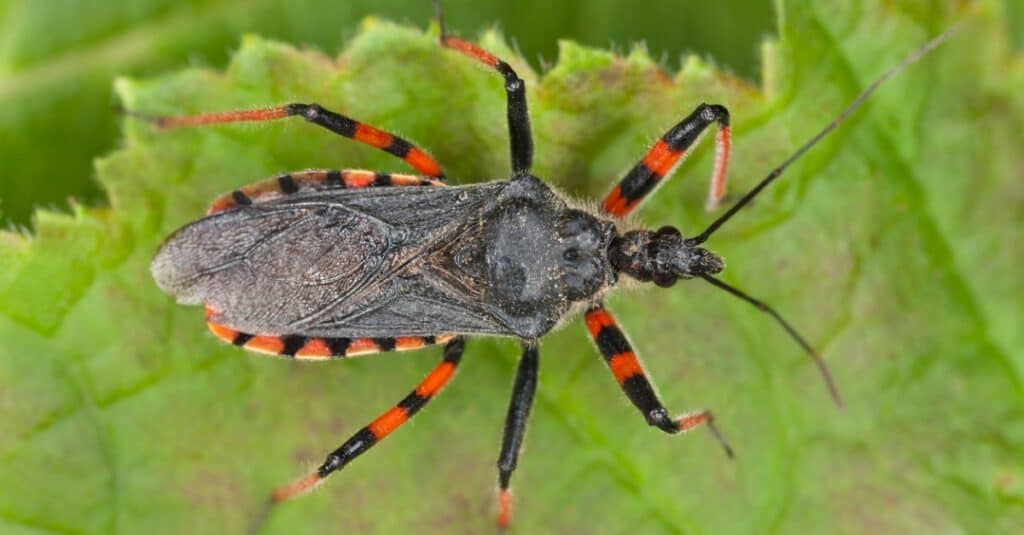
This animal gets their name from biting people around the mouth.
©Henrik Larsson/Shutterstock.com
This kissing bug, which can transmit the deadly Chaga disease through oral bites, has been working its way across the country and has been found in Colorado. According to doctors, the kissing bug, Triatoma sanguisuga, is a discrete killer.
This creature goes to the bathroom as it suckers your blood. A parasite in its feces settles in your cells, muscles, and heart and causes Chagas disease. It’s safe to say that these are among the most dangerous animals in Colorado skies. Despite having a low possibility of developing it, the condition can be lethal.
According to CDC officials, extreme redness, stinging, swelling, welts, and rashes are typical signs of the illness. In addition to blood transfusions and organ transplants, it can also be transmitted from mother to child.
Summary of the Most Dangerous Animals in Colorado Skies
- Mosquitoes
- Hornets and Wasps
- Bats
- Earwigs
- Kissing Bugs
Thank you for reading! Have some feedback for us? Contact the AZ Animals editorial team.

